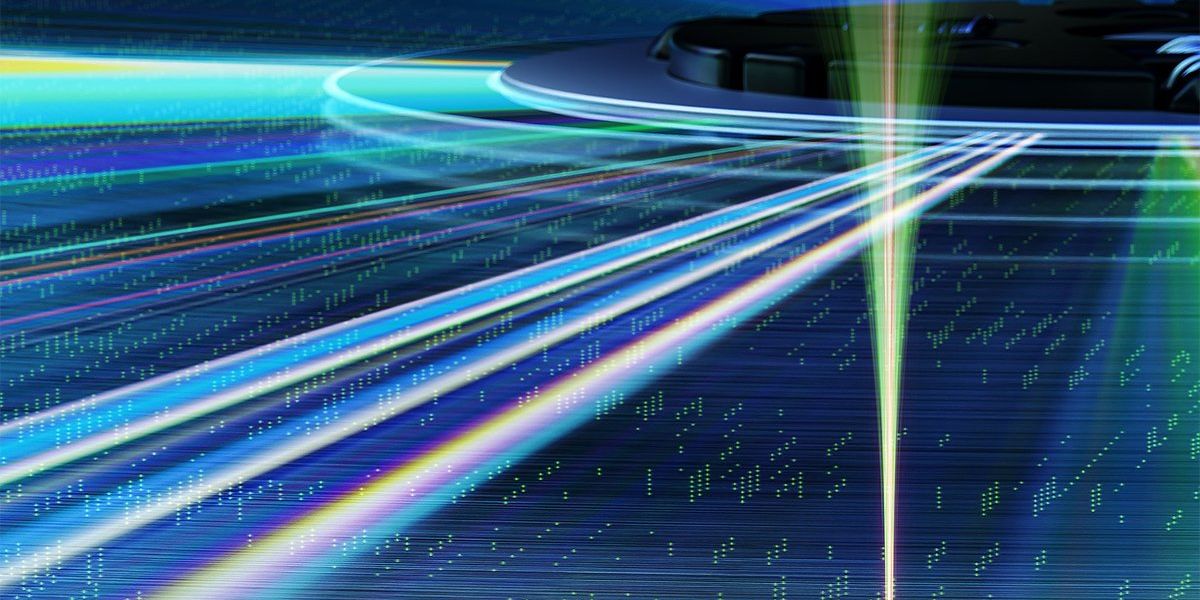- cross-posted to:
- [email protected]
- [email protected]
- cross-posted to:
- [email protected]
- [email protected]
A petabit is equal to 128 terabytes
It’s really odd they chose that unit of measurement considering storage is almost exclusively referenced in bytes.
They wanted to use peta in their announcement. It’s marketing afterall
That’s fine and all, but for how much? And for how long will this data remain on the media? Is it “archival grade”?
yeah that’s why I never get excited about this news. That’s awesome they’re working on it, but it’s in a lab, in a controlled environment, with each one costing more than I make in a year probably.
When I get excited is when they have manufacturing down and they want to start making them en masse. Something like this in a lab? Eh a decade away. They’re talking about it at their marking reviews and it’s in manufacturing? Now I’m excited
Until it’s for sale on Amazon, I don’t get excited about any of these breakthroughs. 😂
I don’t really feel like I’m much the wiser, having read this, on how exactly this works. It’s storing data in 3 dimensions in layers and uses 2 lasers in both write and the read process. Why multiple layers in 3 dimensions over a single layer as in traditional optical media would yield better storage density is intuitive but the way they’re able to do this is not that well explained. I don’t understand the relationship between having 2 lasers and being able to store data in many layers. The fact that one laser disables the effect of the other both in read and in write is confusing, one would think “switching off” the writing process done by… not writing anymore, rather than having a second laser which somehow disables the first but in any case the effect of this is said to allow “spots” (are they like pits?) smaller than the wavelength of the light used to create them which is presumably very small and again makes intuitive sense as to how that would allow increased density and thus storage capacity but doesn’t help explain the 3 dimensionality. Also, how does firing a laser at a material presumably burn it away to produce a “spot” (pit?) but firing a second laser at it stops this from happening? Similarly, with reading, how does firing a laser at a spot cause it to fluoresce, yet firing a second laser at it somehow causes it to stop doing that? How bizarre.
On an even more basic level, how do layers work? How does the outer most layer of the readable surface of the disc not block or interfere with the ability to read or write the next layer beneath it and so on?
The spot size is the size of the point the laser focuses on. It seems with the material they’ve used that there is some kind of interference between the two lasers they use to make a pit smaller than you would expect. There’s not a whole lot of information in the article to understand the details. Also, I’m just a guy who works on lasers, getting C’s in my optics class currently so take it with a massive dose of salt
“spots” (are they like pits?)
Yeah, the petabit is made of lots and lots of tiny betapits /s
I have some questions: What read/write speeds? Is it even writeable in a reasonable way? (CD/DVD burners blast your disk with a laser and “cook” darker patches that are your data) How long does it live on this disk?



